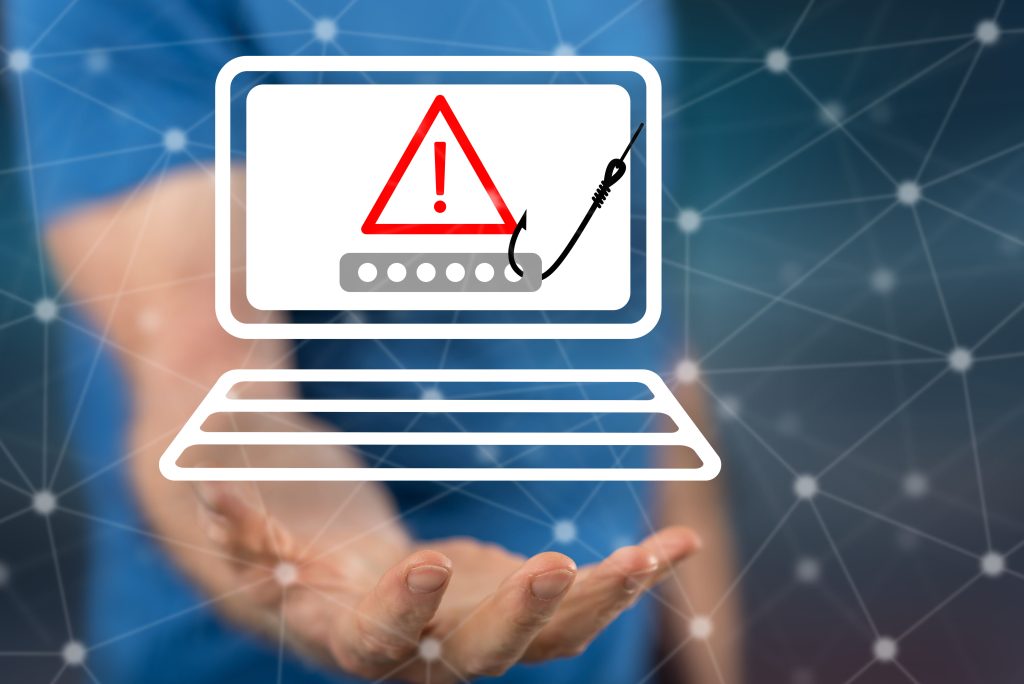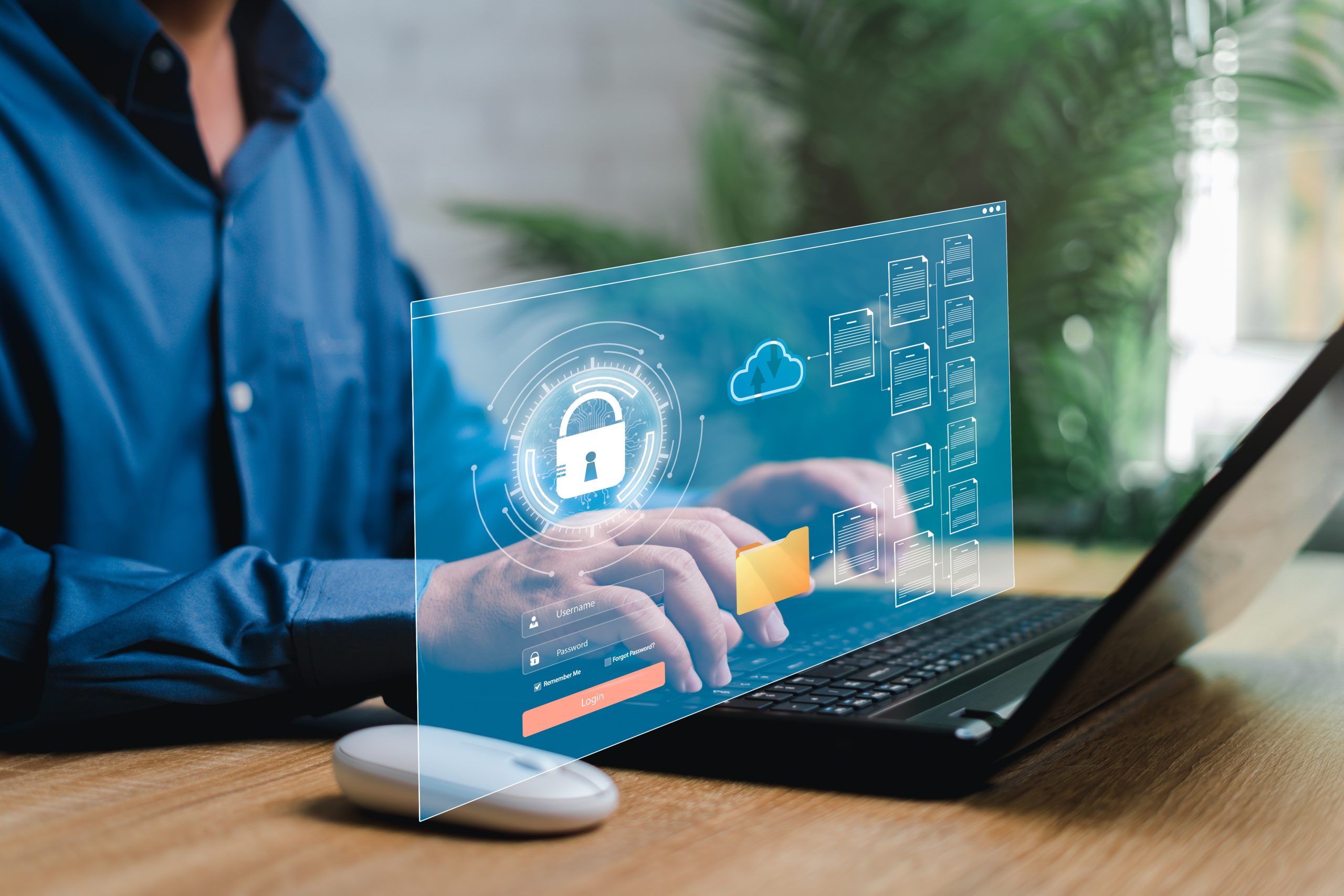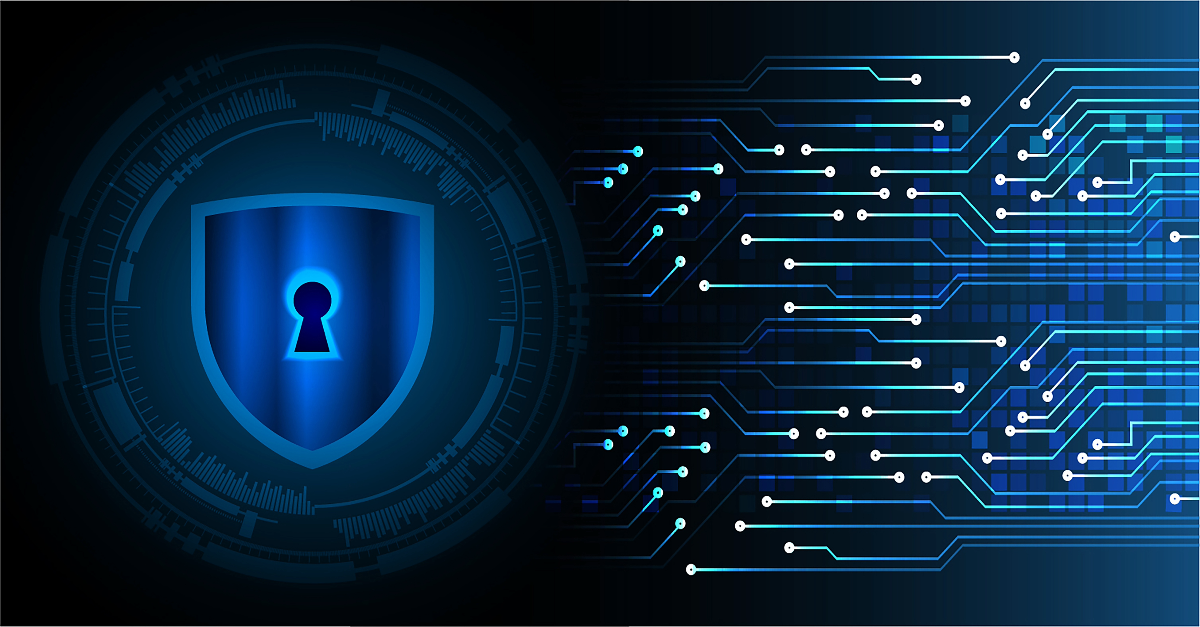In today’s digital world, cybersecurity is no longer just an IT department concern—it’s a company-wide responsibility. While advanced firewalls, antivirus software, and monitoring tools are critical, the reality is that human error remains one of the leading causes of security breaches. According to IBM, 95% of cybersecurity incidents are caused by human error. This makes employees your first—and potentially most vulnerable—line of defense.
Fostering a strong cybersecurity culture starts with comprehensive employee training and ongoing awareness. Here’s why it matters and how to get it right.
Why Employee Cybersecurity Training Matters
- Reducing Human Error
Phishing emails, weak passwords, and accidental data leaks are all preventable with proper training. Employees who understand the risks and know how to respond appropriately can significantly reduce the likelihood of breaches. - Protecting Company Reputation
A single security incident can compromise sensitive client data and damage your company’s reputation. Educated employees act as a safeguard against publicized breaches. - Ensuring Compliance
Many industries require organizations to meet strict cybersecurity and data privacy standards. Trained staff help ensure your business stays compliant with regulations like HIPAA, GDPR, or CCPA.
Strategies to Foster a Security-Conscious Workplace
1. Start with Awareness Training
Introduce employees to the basics of cybersecurity—common threats, safe browsing habits, password hygiene, and how to recognize phishing attempts. Use real-world examples to make the lessons relatable and memorable.
2. Conduct Simulated Phishing Exercises
Testing employees with simulated phishing emails helps reinforce learning and identify areas where additional training may be needed. Celebrate successes and provide constructive feedback for improvements.

3. Create Clear Security Policies
Develop easily understandable policies outlining best practices for password management, device usage, and data handling. Ensure policies are accessible, regularly updated, and communicated effectively to all staff.
4. Encourage Reporting
Employees should feel comfortable reporting suspicious emails, links, or potential security risks without fear of blame. A simple reporting mechanism strengthens the organization’s ability to respond quickly to threats.
5. Offer Ongoing Training
Cybersecurity threats evolve constantly. Regular workshops, refresher courses, and updates on emerging threats help keep security top-of-mind and reinforce good habits over time.
6. Lead by Example
Leadership must actively demonstrate cybersecurity awareness. When managers and executives prioritize secure behavior, employees are more likely to follow suit.
Conclusion
Cybersecurity isn’t just about technology—it’s about people. By investing in employee training and fostering a culture of security, organizations transform their workforce from potential vulnerabilities into their first line of defense. A proactive approach not only reduces the risk of breaches but also strengthens trust with clients, protects sensitive data, and positions your company as a responsible digital citizen.
Building a cybersecurity culture is an ongoing effort—but with the right strategies in place, your employees can become your greatest asset in keeping your organization safe.





